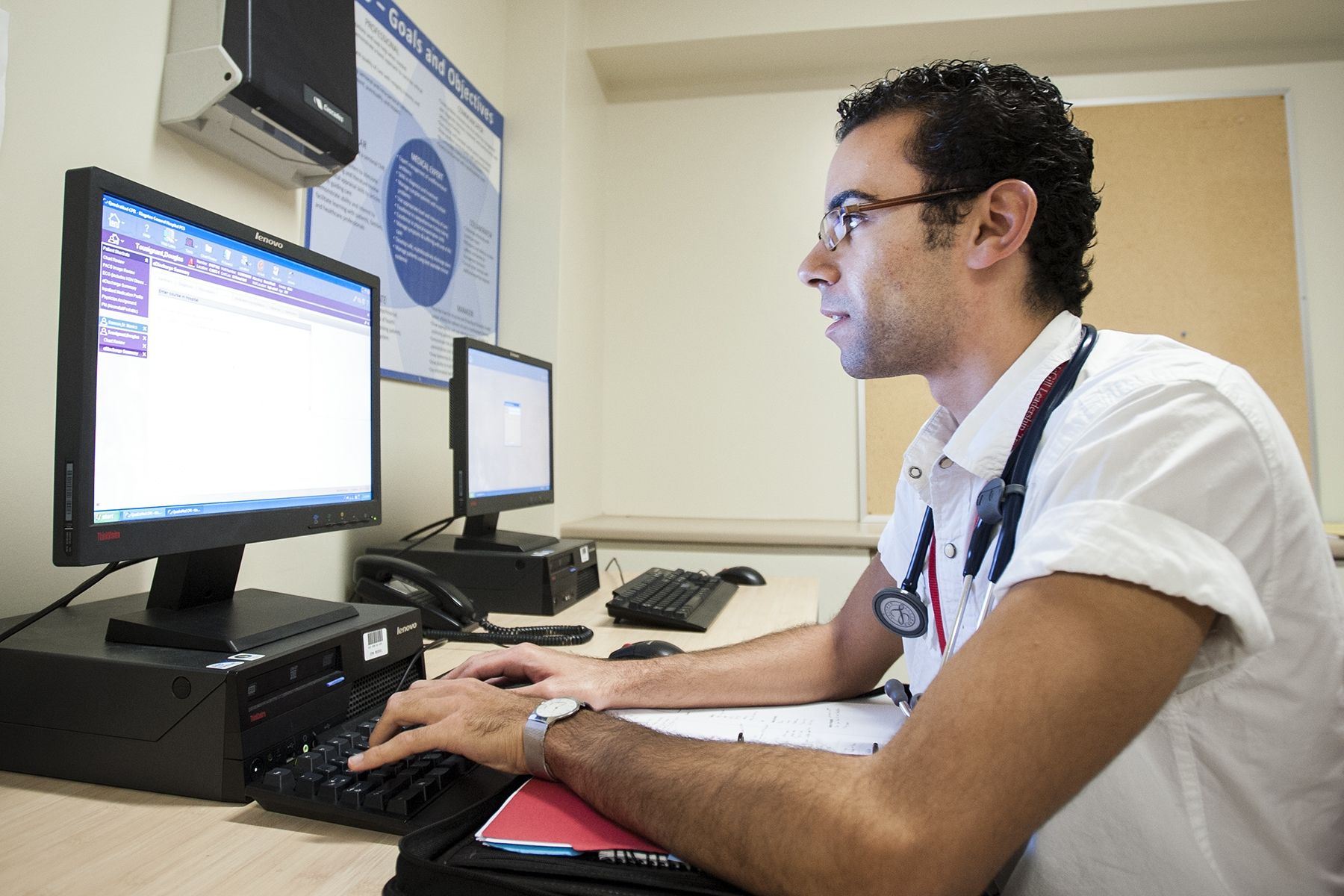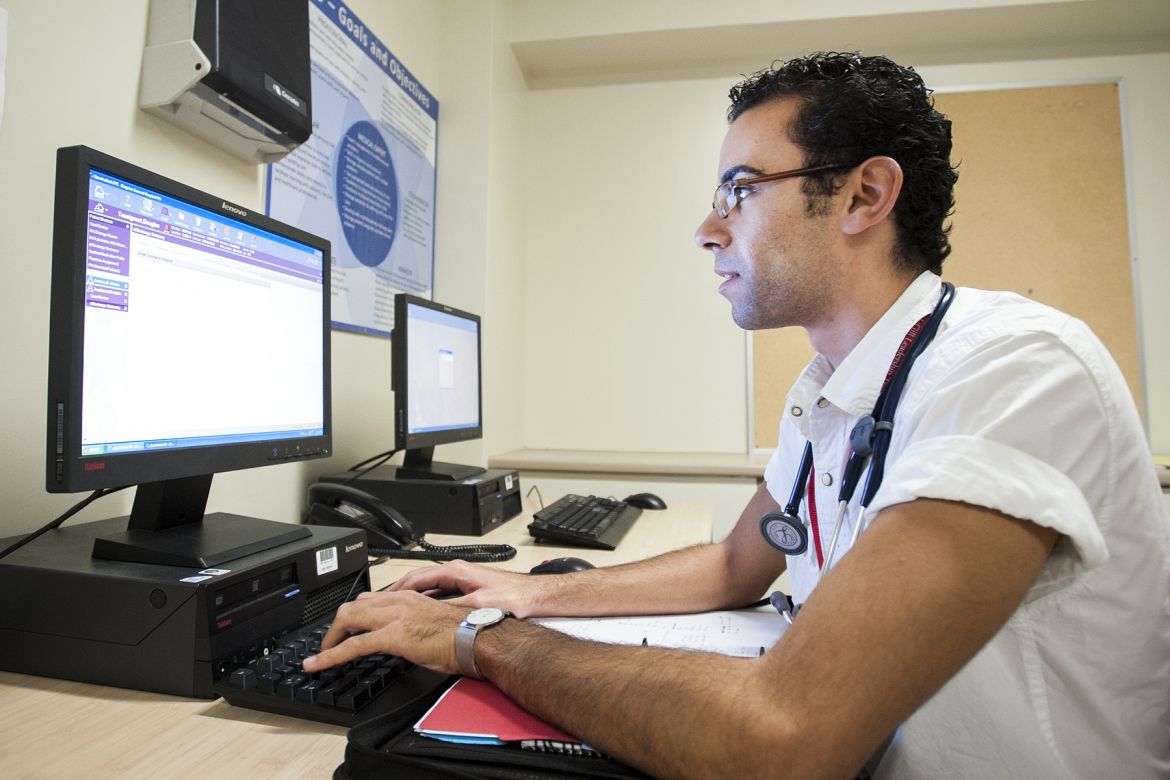Effective immediately masking is required for everyone when present on all inpatient units, in the Emergency Department (ED), the Urgent Care Centre (UCC), and the Children’s Outpatient Centre (COPC).

The name says it all. It's simply called "Continuous Improvement" and it's all about helping people zero in on processes that can be changed for the better, both big and small.
"You start by looking at a process or system from beginning to end, and you ask yourself, 'What is adding value and what is not?' at every single step," says Continuous Improvement team member Jennifer Foster. "You then look for ways to maximize those valuable contributions and to minimize any waste you observe along the way."
Kingston General Hospital first began using a continuous improvement methodology, called LEAN, about four years ago. Now, the goal is to train hundreds of people in a version of it specifically modified for KGH.
"This year, the corporate strategy calls for us to train 100 per cent of managers in the continuous improvement methodology and we are on track to meet that milestone," says Foster. "Along with the leadership group, we will have trained interprofessional teams within Medicine, the Surgical, Perioperative and Anesthesiology program, and People Services by the end of the year, for a total of about 175 people."
After this round, the next step is a big one - training 1,250 people from all areas of the hospital during the next fiscal year. This widespread instruction will help people work on continuous improvement cycles together, as everyone will have a shared understanding of continuous improvement tools and how to use them. It will also allow people to form teams to work on improvements that span more than one program or service.
Dr. Johanna Murphy has already been involved in one such interprofessional collaboration. Recently, people in the Medicine program gathered to use the continuous improvement methodology to study patient flow and how it impacts patient care. After a short training session, the team members hit the floors to study how things were unfolding.
One opportunity for improvement they noticed, for example, was the way the patient discharge summary was compiled. It's an electronic document that the patient must take with them when they leave the hospital.
The problem was, it often wasn't ready to go when the patient was, because the physician or resident involved hadn't been able to write it yet. The solution the team came up with was to have the residents start writing them the day before the patient was scheduled to be discharged.
"Our goal now is to have 85 per cent of those discharge summaries written by 8:30 a.m. of the day the patient is scheduled to leave," says Murphy. "That way, if the resident gets called away to help in another area, the patient won't waiting in a bed for their summary. It will be in the system and someone else on the care team can then step in and go over it with the patient so they can be discharged."
Another benefit of this new process is that the residents and physicians are also letting people know a lot earlier when they are discharging a patient. This allows other members of the care team, including Community Care Access Centre staff, to get busy earlier with preparations for supporting the patient.
"Until we carried out this continuous improvement exercise, we didn't realize that by telling people early and by trying to be more clear about who we are discharging, it sets a whole process in motion that can speed things up for everyone," says Murphy.
Murphy says the power of the continuous improvement process is that it helps people turn frustrations into opportunities.
"It's really about looking at seemingly tedious, nitty-gritty things such as writing discharge orders and summaries, and where to take them, that in the end are really going to solve the problems," says Murphy.
As for the ongoing training, Foster says it's practical in nature. After a short session, people will be sent to their own work areas to look for processes that can be improved. Then they will be shown how to plan the improvements, how to measure the results, and perhaps most importantly, how to sustain the change. Everyone in the continuous improvement training will then take part in four follow-up mentoring sessions so that they are able to put their training into practice.
"People are quickly seeing that this continuous improvement using LEAN principles is not something scary and that anybody can do it," says Foster. "There is such a great feeling of accomplishment for people when they help implement an improvement and then graduate from this training course."





